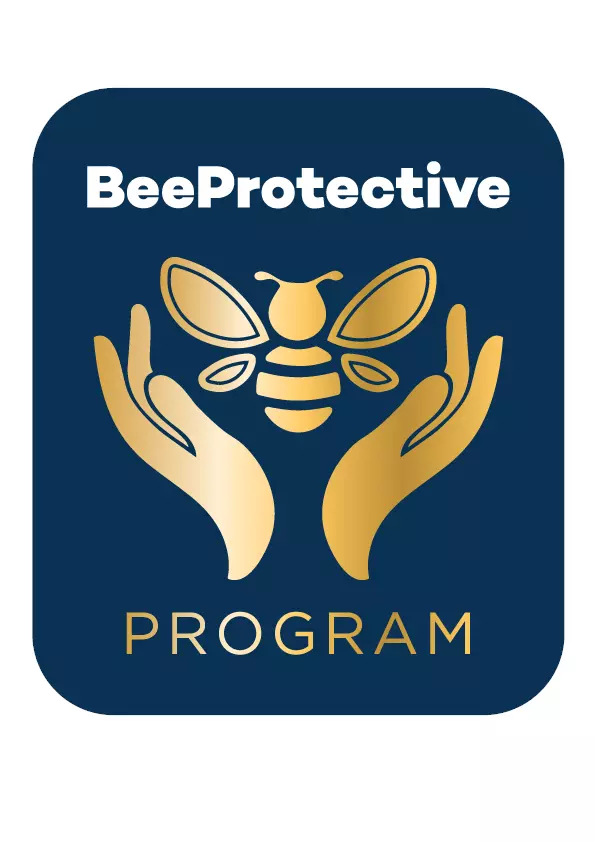Shopping cart
Item added
Item updated
Item removed
No more products on stock
You entered wrong value.
€5,- EU SHIPPING | FREE EU SHIPMENT OVER €50,-
In recent years, concerns have been raised regarding the potential impact of long-term exposure to frequencies used in Wi-Fi and wireless networks on the health and well-being of honey bees. As the importance of bees as pollinators and their vital role in ecosystems becomes increasingly recognized, it is crucial for beekeepers to take proactive measures to protect their bees from potential harm. MNZ, as a responsible beekeeping organization, places a strong emphasis on minimizing exposure to wireless frequencies in order to safeguard the homing ability and overall health of their hardworking bees. Recognizing the potential risks associated with long-term exposure to Wi-Fi and wireless network frequencies, MNZ has implemented a strategic approach to hive placement. MNZ takes great care to ensure that their wooden beehives are located at a significant distance from radio towers and other sources that emit these frequencies. By deliberately avoiding close proximity to such potential sources, MNZ aims to mitigate the risk of harmful effects on their bees’ homing ability, navigation skills, and overall well-being.

The decision to steer clear of radio towers and wireless frequency-emitting sources aligns with MNZ’s commitment to bee protection and health. MNZ understands the importance of providing an optimal and natural environment for their bees, free from potential disruptions caused by human-made electromagnetic radiation. By choosing hive locations that are far away from these sources, MNZ minimizes the likelihood of interference with the bees’ sensitive navigational systems, which are crucial for foraging, pollen collection, and returning to their hives. MNZ’s proactive stance in minimizing exposure to wireless frequencies is a testament to their dedication to the wellbeing of their bees. The organization recognizes the potential risks posed by long-term irradiation and acknowledges the importance of maintaining the natural instincts and behaviors of their bee colonies. By taking preventative measures, MNZ strives to create an environment that supports the bees’ homing abilities, ensuring their efficient
pollination efforts and overall vitality. In an era where wireless technologies have become an integral part of our daily lives, MNZ’s commitment to minimizing exposure to wireless frequencies demonstrates their proactive approach to beekeeping practices. MNZ’s priority is to provide an optimal and safe environment for their bees, promoting their overall health and sustainability. By avoiding close proximity to radio towers and other frequency-emitting sources, MNZ actively protects their bees from potential long-term effects, allowing them to thrive in their natural habitat. MNZ’s commitment to bee health extends beyond their hive placement strategy. It encompasses a comprehensive Bee Protection & Health Program, rigorous quality control processes, and compliance with government regulations. With
a focus on producing high-quality, raw, unfiltered, unpasteurized, monofloral manuka honey, MNZ ensures that their final products are of the utmost purity, while safeguarding the well-being of their precious bees. By prioritizing the protection of their bees from the potential effects of wireless frequencies, MNZ sets a commendable example for other beekeeping organizations. Their proactive measures serve as a reminder of the importance of considering the potential impact of modern technologies on the delicate balance of ecosystems and the vital role of pollinators. Through their commitment to bee health, MNZ plays a significant role in preserving the well-being of bees and the sustainability of our natural environment.



